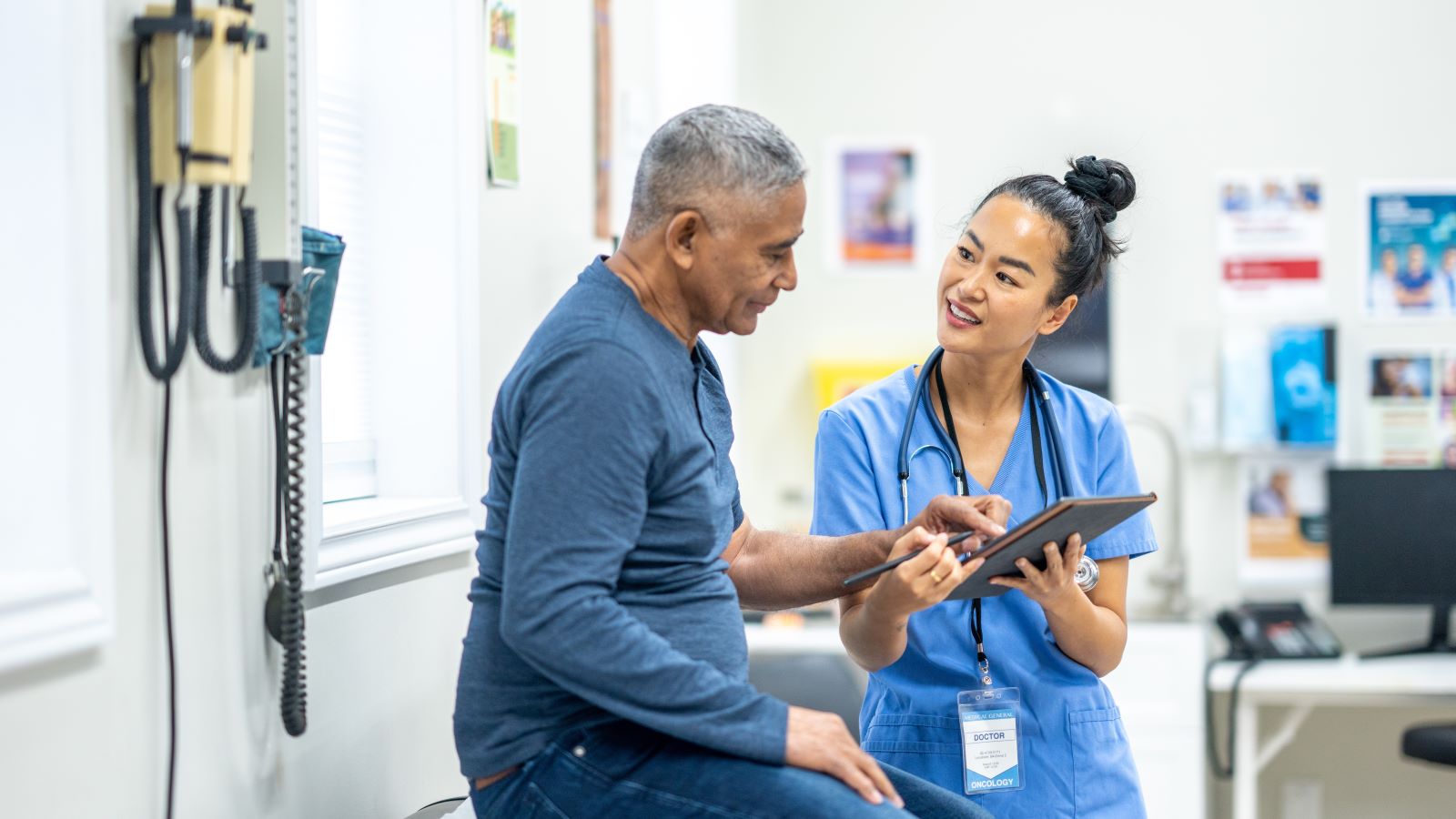Most of us rarely give our gallbladder a second thought — until it starts causing problems.
To help us understand when it might be time to consider gallbladder removal and what the process involves, we turned to Emilia Genova, MD, general surgeon with Hartford HealthCare Medical Group.
Find a doctor near me
1. There are common reasons to have your gallbladder removed.
The gallbladder is a small organ in the upper right abdomen that stores bile, a fluid from the liver that helps digest fats. While it supports digestion, the gallbladder isn’t essential, so removal is often recommended if it causes problems.
“In general, the most common reason for gallbladder removal is when stones in the gallbladder start causing symptoms,” explains Dr. Genova.
She also points out two other common reasons:
- Gallbladder inflammation: This may lead to urgent or emergency surgery.
- Poor gallbladder function: Even if it looks normal, the gallbladder may not work properly, causing symptoms like pain.
> Related: These Diet Changes Could Help Your Gallbladder Disease
2. Some symptoms may signal the need for gallbladder removal.
Do you experience pain in your upper right abdomen, upper mid-abdomen, or even mid-to-upper back—especially at night or after eating a heavy meal?
If this sounds familiar, or if you have nausea or vomiting after meals, it’s a good idea to contact your doctor and have your gallbladder checked.
“Even in patients without symptoms, gallbladder removal may still be necessary,” says Dr. Genova. “This could happen if imaging shows unusual findings, like polyps in the gallbladder.”
3. Gallbladder removal is now minimally invasive.
In the past, this surgery required a large incision in the upper abdomen.
“This used to be a painful surgery with a long recovery, often requiring several days in the hospital,” explains Dr. Genova. “Now, the standard of care for gallbladder surgery is minimally invasive—either laparoscopic or robotic surgery.”
Surgeons make just four small incisions for the camera and instruments during these procedures.
“Not only does this result in tiny scars, but it also makes the surgery safer,” says Dr. Genova. “We even use fluorescent light to better understand the anatomy, which is especially helpful in more complex cases.”
Most patients can go home the same day, with minimal pain managed by over-the-counter medications.
“People are usually back to their normal activities within days,” adds Dr. Genova. “It’s rare for anyone to need more than a week or two off from work.”
4. There are no lifestyle changes after surgery.
If this surprises you, you’re not alone.
“Contrary to popular belief and online misinformation, most people don’t need to make lifestyle or dietary changes after gallbladder removal,” says Dr. Genova.
She notes that while a few people may experience diarrhea after surgery, it typically resolves on its own within a few weeks.
5. Don’t ignore your discomfort.
Living with gallbladder pain doesn’t have to be your new normal.
If you’re experiencing symptoms of gallbladder disease, talk to your primary care provider.
“If gallbladder removal is necessary, it can significantly improve your quality of life,” says Dr. Genova. “Scheduling the surgery electively—rather than waiting for an emergency—also tends to be safer, faster and leads to an easier recovery.”



